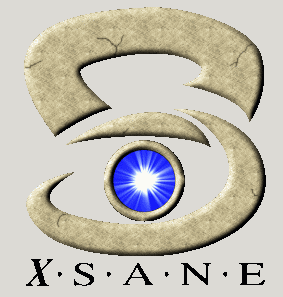*Xsane* Scanning application
Usage Notes
by Blaze

*Xsane* Scanning applicationUsage Notesby Blaze |

|
! Note !
More notes and/or images may be added
--- if/when I re-visit this page.
|
INTRODUCTION: I have found it very useful to use the scanner on a PSC (Printer-Copier-Scanner) device to make copies of documents and of photographs that I want to preserve in digital files. I used to use HP PSC printers at home, but I switched to using Epson PSC printers. At that time, for scanning, I learned how to install and use the Epson 'iscan' program --- the Linux version --- for use on my Linux desktop computer with an Epson NX430 printer attached. I have described my installation and use of the Epson 'iscan' program on another RefInfo-Computer page of this site. I have tried scanning with an HP PSC printer --- by using the Xsane GUI interface to the SANE (Scanning Access Now Easy) software, on Linux. I am using this page to accumulate notes on using Xsane. My notes follow. Below those notes are some 'external links' to more information on Xsane, SANE, and scanning on Linux. Notes on using the Xsane scanning app : Steps in scanning a letter (or photo) on Linux:
Voila. (Mira lo.) The GIF file is ready for use. If I ever have more notes to add about Xsane --- its installation or its usage --- I may add them here. |
|
Bottom of this
To return to a previously visited web page location, click on
the Back button of your web browser, a sufficient number of times.
OR, use the History-list option of your web browser.
< Go to TOP of this page, above. >
|